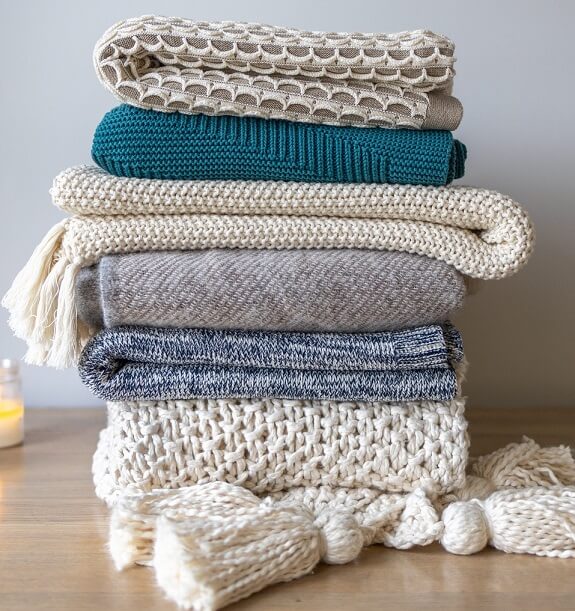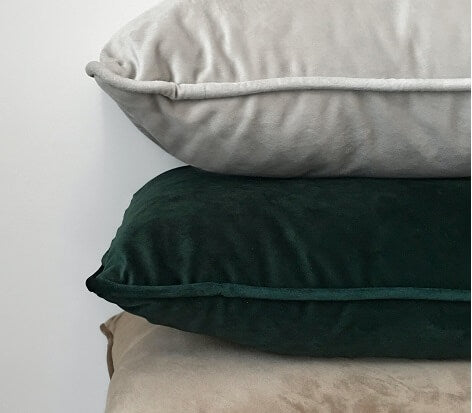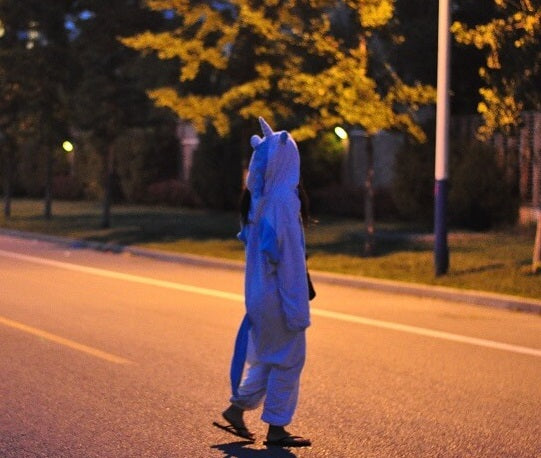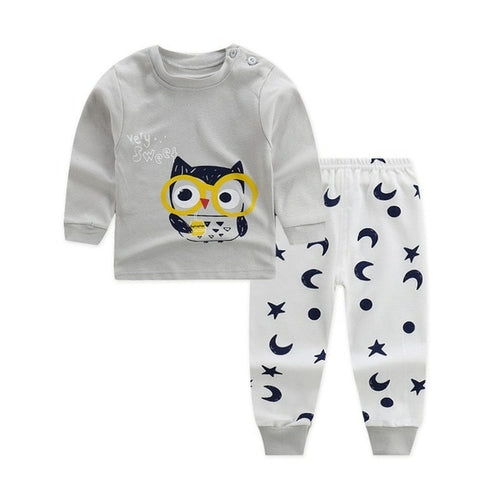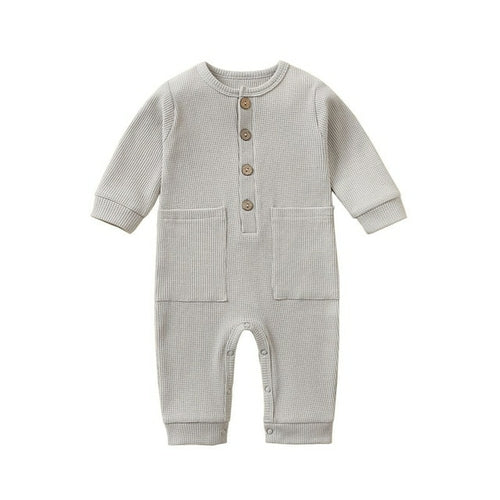When it comes to the Dos and Don'ts of Dressing Your Baby for Bedtime, there are a few key factors to keep in mind. Dressing your baby for sleep is not just about making sure they look cute, but also about ensuring they are comfortable, safe, and able to get a good night's rest. In this blog post, we will discuss the importance of choosing the right fabric, recognizing the signs of overdressing, selecting the ideal baby sleepwear for different seasons, layering strategies for a good night's sleep, navigating safety concerns with baby sleepwear, and simplifying nighttime diaper changes. Let's dive in and master the art of dressing your baby for bedtime.

The Importance of Choosing the Right Fabric
Selecting the perfect fabric for your baby's bedtime attire is paramount for their comfort and safety throughout the night. Lightweight, breathable materials like cotton or bamboo are ideal choices, as they allow for proper air circulation, preventing your baby from becoming too hot or uncomfortable. These fabrics are gentle against the baby's delicate skin and reduce the risk of irritation that can be caused by harsher materials. On the other hand, it's advisable to steer clear of fabrics like polyester or wool for sleepwear, as they can trap heat and potentially lead to overheating. Fabrics that are prone to irritating the skin should also be avoided to ensure your baby's utmost comfort. Furthermore, the right fabric selection plays a crucial role in regulating your baby's body temperature, ensuring they remain at a comfortable warmth level throughout the night. It's not just about the material itself, but also about the weave and weight of the fabric. A finer, lighter weave is preferable for warmer months, while a slightly denser fabric might be chosen for cooler conditions, always keeping in mind the fabric's breathability and softness. This careful consideration in fabric choice supports a serene and restful sleep environment for your baby, laying the foundation for a peaceful night for both baby and parents.
Recognizing the Signs of Overdressing
Being able to identify when your baby is overdressed for bed is crucial for their comfort and safety during sleep. One key indicator of this is if your baby seems unusually fussy or is having difficulty settling down. This can often be a sign that they're too warm. Physical cues are also telling; look for damp hair, a sweaty back or chest, and a body temperature that feels warmer than usual. These signs suggest that your baby's sleepwear or the room's temperature might be causing them to overheat. Rapid breathing or a heat rash can also indicate that your baby is dressed too warmly for the conditions. Remember, babies regulate their body temperature differently than adults and can quickly become too hot if overdressed. It’s advisable to touch the back of your baby's neck or their stomach to gauge if they feel overly warm. If any of these signs are observed, it may be necessary to remove a layer or switch to lighter sleepwear to help your baby return to a more comfortable state. This vigilant observation and quick adjustment can make a significant difference in ensuring your baby sleeps safely and soundly, preventing the discomfort and risks associated with overheating. Keep in mind that the goal is to keep your baby as comfortable as possible to promote uninterrupted sleep, which is vital for their development and well-being.
The Ideal Baby Sleepwear for Different Seasons
Dressing your baby for sleep requires mindfulness of the changing seasons and the ambient temperature of their sleeping environment. For the balmy nights of summer, a simple, breathable onesie or a light sleep sack will suffice, ensuring your baby stays cool and doesn’t overheat. On these warmer nights, choosing sleepwear made from materials such as cotton or bamboo can help keep your baby's skin dry and comfortable by wicking away moisture.
As autumn approaches, the air gets cooler, prompting a slight adjustment in your baby's bedtime attire. A long-sleeved bodysuit under a moderate-weight sleep sack can provide the necessary warmth without overheating. This combination offers flexibility; you can remove the sleep sack if the room temperature rises or if your baby seems too warm.
Winter calls for more strategic layering to protect your little one from the cold. Start with a snug-fitting thermal onesie that retains body heat and layer it with a thicker, fleece-lined sleep sack or a footed sleeper. This setup caters to warmth and comfort, ensuring your baby is cozily bundled for chilly nights.
Transitioning into spring, you can gradually reduce layers as the weather warms, possibly reverting back to lighter sleep sacks and onesies. This period might require a mix of winter and summer sleepwear options as temperatures can fluctuate widely.
Throughout each season, it's essential to continuously assess your baby's comfort and adjust their sleepwear accordingly, always erring on the side of caution to prevent overheating. By tailoring your baby's nighttime wardrobe to the seasonal temperatures, you ensure they sleep comfortably and safely year-round.
Layering Strategies for a Good Night's Sleep
Adopting effective layering strategies is essential to keep your baby at a comfortable temperature throughout the night. A fundamental approach is to begin with a base layer, typically a soft, breathable onesie that sits comfortably against your baby's skin. This layer is crucial as it serves as a moisture-wicking layer, keeping dampness away from your baby's delicate skin.
Depending on the temperature and season, you can then add or subtract layers. For instance, during cooler nights, a mid-layer such as a fleece or cotton sleep sack can be introduced. Sleep sacks are a safer alternative to blankets, providing warmth without the risk of covering your baby's face. They're designed to be worn over a onesie, offering an additional layer of warmth that can easily be removed if the room warms up or if your baby shows signs of overheating.
For the coldest nights, consider a heavier sleep sack or a special winter-weight sleepsuit that ensures your baby stays warm without overheating. Remember, the key to effective layering is using breathable fabrics that allow for easy temperature regulation and ensuring that each layer can be conveniently removed or added.
Moreover, when selecting layers, ensure that they are easy to navigate for those middle-of-the-night diaper changes. Opt for sleepwear that has simple closures, such as zippers, which run the length of the garment for quick and easy access. This strategy not only maintains your baby's comfort but also simplifies the process for parents, making those nighttime awakenings as smooth and quick as possible.

Navigating Safety Concerns with Baby Sleepwear
Ensuring the safety of your baby during sleep extends beyond room temperature and into the very fabrics and designs of their sleepwear. It's imperative to select items devoid of small, detachable parts like buttons or beads that present a choking hazard. The ideal sleepwear should offer a snug fit, which helps to prevent fabric from bunching up and potentially covering your baby’s face during the night. However, it's equally important that this clothing isn't too tight, as this could restrict your baby’s movement and breathing.
Examine sleepwear for any cords or ties, especially around the neck area, which should be avoided to reduce the risk of accidental entanglement. Furthermore, consider the functionality of closures such as zippers, ensuring they are covered or encased to prevent any contact with your baby's sensitive skin. While evaluating options, also steer clear of any garments that could overheat your baby, opting instead for those made with fire-resistant materials without the need for harmful chemical treatments.
By meticulously selecting your baby’s sleep attire with these safety guidelines in mind, you contribute significantly to a secure sleep environment. This proactive approach to navigating potential risks associated with baby sleepwear reinforces the protective measures already taken in other aspects of their nighttime routine, affirming your commitment to their overall well-being.
Simplifying Nighttime Diaper Changes
Selecting the right sleepwear can significantly ease the often-dreaded task of nighttime diaper changes, ensuring they're as swift and fuss-free as possible. Optimal choices are garments that feature practical closures, such as full-length zippers or snaps that run from the neck down to the foot. These designs allow for quick opening and closing, facilitating easy access to your baby's diaper without the need to fully undress them, which can be especially beneficial in maintaining a warm and comfortable environment for your baby during cooler nights.
Additionally, opting for sleepwear with a two-way zipper can be a game-changer. This feature enables you to change your baby's diaper from the bottom without exposing their upper body, keeping them cozy and reducing the likelihood of fully waking them during the process.
It's also beneficial to consider the ease of fastening the sleepwear once the diaper change is complete. Garments that are simple to resecure not only streamline the process but also minimize the time your baby is disturbed, promoting a quicker return to sleep. By prioritizing these practical elements in your baby's sleepwear, you can make nighttime diaper changes less disruptive for both you and your baby, supporting a more restful night's sleep for everyone involved.
FAQ
1. What is the 5 8 5 rule for babies?
The strategy involves caregivers holding and walking with the baby for five minutes without abrupt movements, followed by 5-8 minutes of holding while sitting, before laying them down for sleep.
2. Am I overdressing my baby for sleep?
As a general rule, parents and caregivers should dress a baby with only one more layer than an adult would need to stay warm in that same bedroom. This rule can help avoid over-bundling, which can lead to safety risks from overheating.
3. What is the 100 second rule for babies?
Don't go in as they're fussing, just watch and respond versus react," Lily explains. For babies, waking up is normal. They simply need time to fall back asleep. So if you give them at least 100 seconds, it can make a huge difference, and they are more likely to go back to sleep on their own.
What to read next

Historical Discovery: When Was Sleep Apnea First Documented?
Say Goodbye to Messy Baby Clothes: Learn How to Fold Baby Pajamas Like a Pro
Blanket Stitch Math: How Many Stitches for a Baby Blanket
What to buy
Kids Pajama Sets – Cartoon Casual Comfort for Sweet Dreams
From: $31.90
Spring Autumn Newborn Baby Cotton Pajamas – Soft Snuggles for Breezy Days
From: $31.90
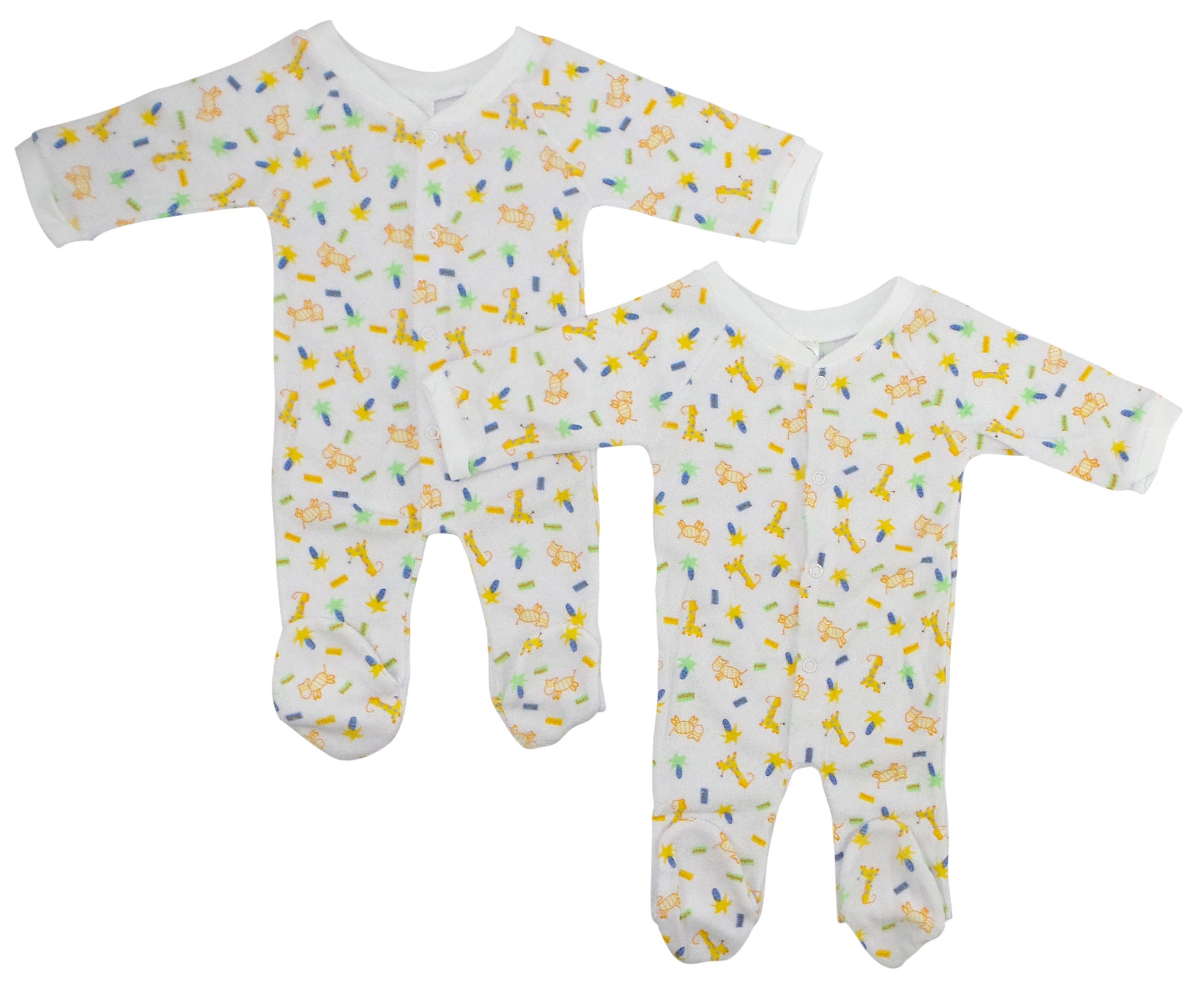
Terry Sleep & Play Baby Pajamas (Pack of 2) – Cozy Dreams, Double the Cuteness
From: $19.95

